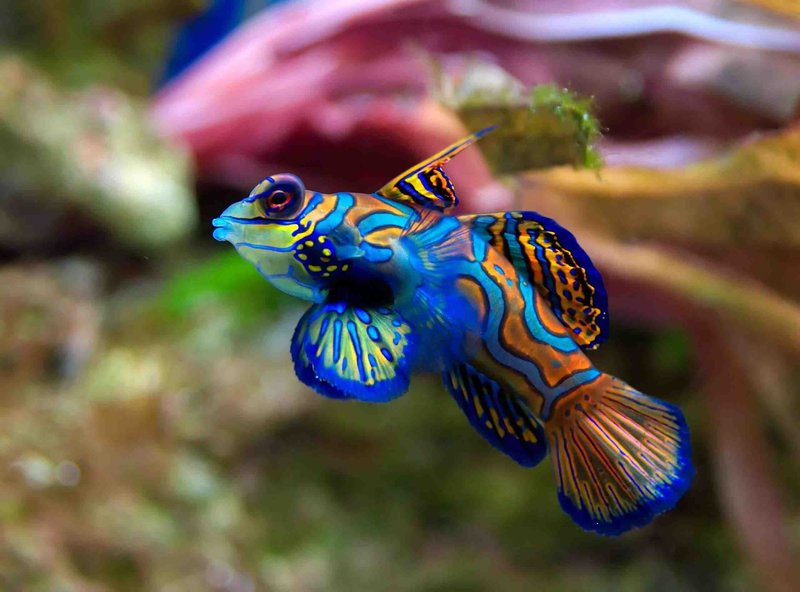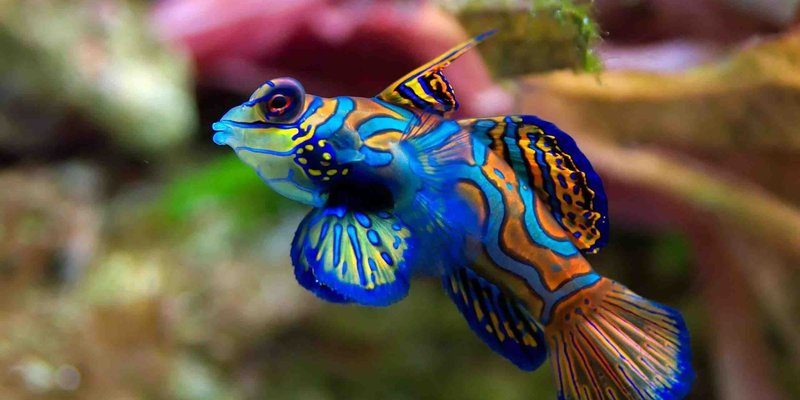
In this guide, we’ll explore the top 10 freshwater fish that are not only beautiful but also friendly for newbies. Each of these fish has its unique charm and specific needs, making them perfect for beginners. Plus, I’ll share tips on care and what you can expect from your new aquatic friends. So grab a cup of coffee, sit back, and let’s dip our toes into the world of freshwater fish!
1. Betta Fish
Betta fish, often called Siamese fighting fish, are one of the most popular choices for beginners. Their stunning colors and flowing fins can captivate anyone’s attention. Here’s the thing: they’re relatively low-maintenance and can thrive in smaller tanks, making them perfect for first-time fish owners.
Care Tips: Betta fish prefer warmer water, ideally around 75-80°F. They also thrive best in a one-fish tank since males can be territorial. It’s crucial to provide them with hiding spots and plants to make them feel secure. Regular water changes are essential to keep your fish healthy and happy.
Fun Fact: Betta fish can actually breathe air thanks to a special organ called the labyrinth organ. This means they can survive in low-oxygen environments, but that doesn’t mean you should skimp on quality water conditions!
2. Goldfish
Goldfish are often the poster child of beginner fishkeeping. Their classic orange color and gentle nature make them a staple in aquariums everywhere. Honestly, they’re not only beautiful but also quite resilient, which is why many people start with them.
Care Tips: While they might look small and cute, goldfish can grow quite large, so it’s best to give them a tank that’s at least 20 gallons. They produce a lot of waste, so maintaining excellent water quality is crucial. Regular testing and water changes will help keep your goldfish healthy.
Fun Fact: Goldfish can live for decades if taken care of properly! In fact, some have even been known to live over 20 years. That means you’re in it for the long haul, which can be a rewarding experience.
3. Guppies
Guppies are like the colorful confetti of the fish world. Their vibrant colors and playful personalities make them a joy to watch. You might be wondering why they’re so popular among new fish owners. It’s simple: they are hardy and adaptable!
Care Tips: Guppies are great for community tanks and thrive in groups. They prefer slightly warmer water, around 75-82°F, and enjoy a planted environment where they can explore. These fish are also known to breed quite easily, so be prepared for some baby guppies if you have both males and females.
Fun Fact: Guppies come in a variety of colors and patterns, making them a great choice for those who love diversity in their aquarium.
4. Neon Tetras
If you’re looking for a fish that adds a pop of color to your tank, neon tetras are a great pick. These tiny fish are known for their striking blue and red stripes, which create a beautiful contrast in well-planted tanks. Let me explain: they do well in schools of at least six, making them social little creatures.
Care Tips: Neon tetras prefer slightly acidic water and a temperature between 70-81°F. Keep their environment calm and peaceful, as they can be shy. Including plenty of plants can help them feel secure and happy.
Fun Fact: Neon tetras are often used in aquascaping because of their vibrant colors and peaceful nature. They can transform a simple tank into a stunning underwater landscape.
5. Corydoras Catfish
Corydoras catfish are the gentle cleaners of the aquarium world. These bottom-dwellers scuttle along the substrate, helping to keep your tank clean by eating leftover food. Plus, they have adorable little faces! Here’s the thing: they do best in groups of at least four or five.
Care Tips: They prefer slightly cooler water, around 72-78°F, and a soft substrate to protect their delicate barbels. Regular water changes will help keep them healthy and vibrant.
Fun Fact: Corydoras catfish are known to “play” with each other, showing off their playful personalities. Watching them interact can be quite entertaining!
6. Platies
Platies are another friendly fish that’s perfect for beginners. They come in a variety of colors and patterns, making them a fun addition to any aquarium. Honestly, they’re peaceful and can get along with most other species, making them great for community tanks.
Care Tips: Platies thrive in a temperature range of 70-80°F and do well in groups. They’re not picky eaters and will enjoy a balanced diet of flakes and pellets. Just like guppies, they can breed easily, so be prepared for the possibility of fry!
Fun Fact: Platies are livebearers, which means they give birth to free-swimming young instead of laying eggs. This can be an exciting discovery for new fishkeepers!
7. Swordtails
Swordtails are known for their unique tail shape, resembling a sword! Their vibrant colors and active nature make them a delightful choice for beginners. They share similar care requirements with platies and guppies, making them easy to incorporate into a community tank.
Care Tips: These fish prefer temperatures between 70-82°F and should be kept in groups. They are generally hardy, but good water quality is essential for their health. Swordtails enjoy swimming in open spaces as well as around plants.
Fun Fact: Male swordtails can grow quite impressively, so you might find yourself amazed at how beautiful and large they can get with proper care.
8. Zebra Danios
Zebra danios are fun little swimmers with their bold stripes and energetic nature. They are hardy fish that can adapt to a variety of water conditions, which is why they’re often recommended for newcomers. Let me explain: they thrive in schools and prefer to be in groups of at least five.
Care Tips: These fish do well in slightly cooler water, around 65-75°F. They’re not picky eaters and will enjoy a variety of food types. Their energy levels mean they need space to swim, so make sure your tank has room for them to play.
Fun Fact: Zebra danios are known for their resilience and can withstand a range of temperatures and conditions, making them an ideal starter fish.
9. Cherry Barbs
Cherry barbs are small, friendly fish that add a splash of color to any tank. Their peaceful nature makes them great companions for other community fish. You might be wondering how to care for them: it’s easier than you think!
Care Tips: Cherry barbs prefer slightly acidic to neutral pH and thrive in temperatures around 72-78°F. Keeping them in schools of at least five will help display their natural behavior and lively interactions.
Fun Fact: Males develop a vibrant red coloration, especially during breeding season, which can be quite a sight in your aquarium!
10. Endler’s Livebearers
Last but not least, we have Endler’s livebearers. These little fish are closely related to guppies but are typically smaller and even more colorful. Honestly, they’re great for beginners who want a lively, colorful addition to their tank.
Care Tips: They thrive in warm water around 70-80°F and prefer planted tanks where they can hide and feel secure. Like other livebearers, they can breed easily, so keep an eye out for tiny fry!
Fun Fact: Endler’s livebearers are known for their curious personalities. Watching them explore their environment can be a delightful experience.
In Conclusion
Starting your journey in the world of freshwater fish can be exciting and rewarding. Each of these top 10 freshwater fish for beginners brings something unique to your aquarium. Whether you choose the flashy betta fish or the docile goldfish, you’re sure to enjoy the beauty and tranquility they add to your home.
As you embark on this new adventure, remember to research each species’ specific needs, invest in quality equipment, and maintain a clean environment. With a little love and care, your fish can thrive and bring joy to your life for years to come. Happy fishkeeping!

